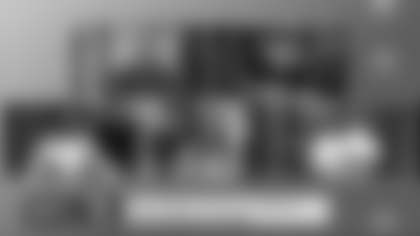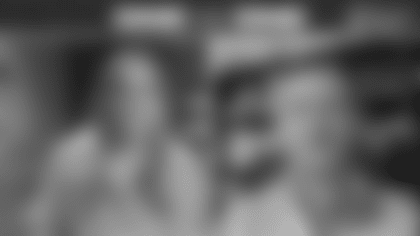EDEN PRAIRIE –"With the 88th pick of the 2015 draft, the Minnesota Vikings select … Danielle Hunter."
When Vikings defensive line coach Andre Patterson heard Hunter's name called last year on the second night of the draft, he was happy. Inside and out, Patterson knew the player that Minnesota's defense was getting.
While fans were excited to see Hunter trade in his LSU purple for Vikings purple, many were unaware of the complex process that went on behind the scenes.
Patterson recently talked with Vikings.com to shed light on the larger picture of developing a team's roster through the draft. As an example, he specifically walked through the months of work that brought Hunter to Minnesota.
Before the combine: do your homework
In today's league, the NFL Scouting Combine is highly publicized and absorbed by fans. Plenty of buzz surrounds players' 40-yard-dash times and bench press reps, and those numbers are certainly taken into consideration by teams. The combine, however, is just one aspect of studying a player.
Immediately after Minnesota's 2014 season came to a close, Vikings General Manager Rick Spielman met with the Vikings coaching staff and provided a list of draft-eligible players so coaches could begin watching film on the prospects.
Patterson watched three games of each defensive lineman on his list, including Hunter, prior to attending the combine.
"You want to get a good feel of his skill set as a football player," Patterson said. "Then, you kind of come up with a preliminary grade that you might give the guy. You're getting to know who he is as a football player – once you get to the combine, you're getting a picture of who he is as an athlete."
After watching three LSU game films on Hunter, Patterson said Hunter's athleticism was undeniable. Patterson noticed some big plays in the running game but also saw that some of Hunter's techniques as a pass rusher didn't allow him to have full success. Considering those observations, Patterson knew what specifics he would watch for at the combine.
View college images of new Vikings DE Danielle Hunter, the Vikings 3rd round pick out of LSU.
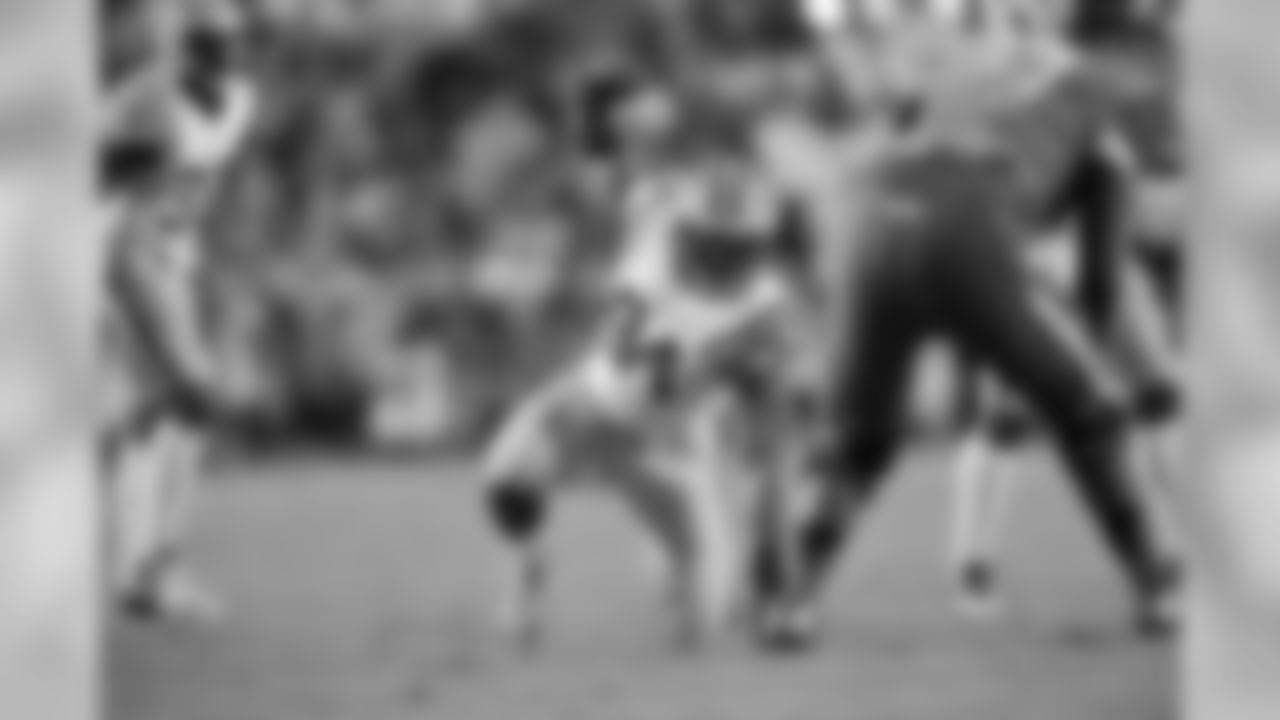
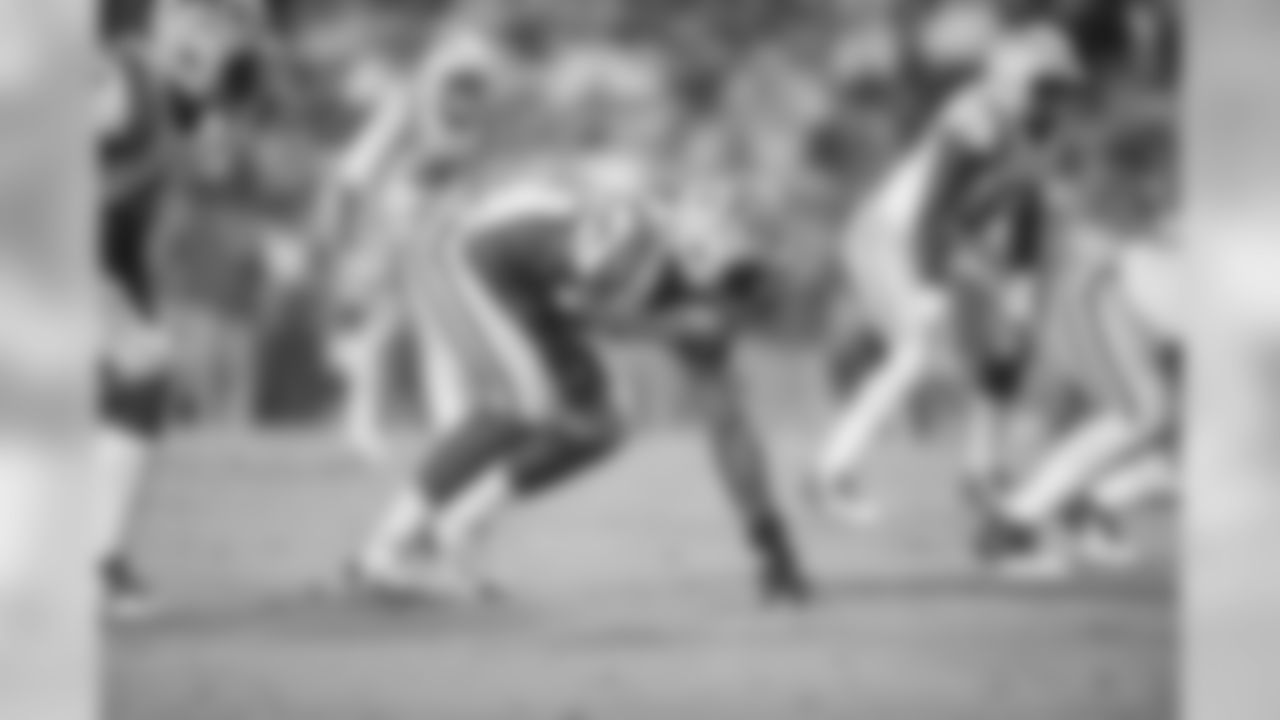

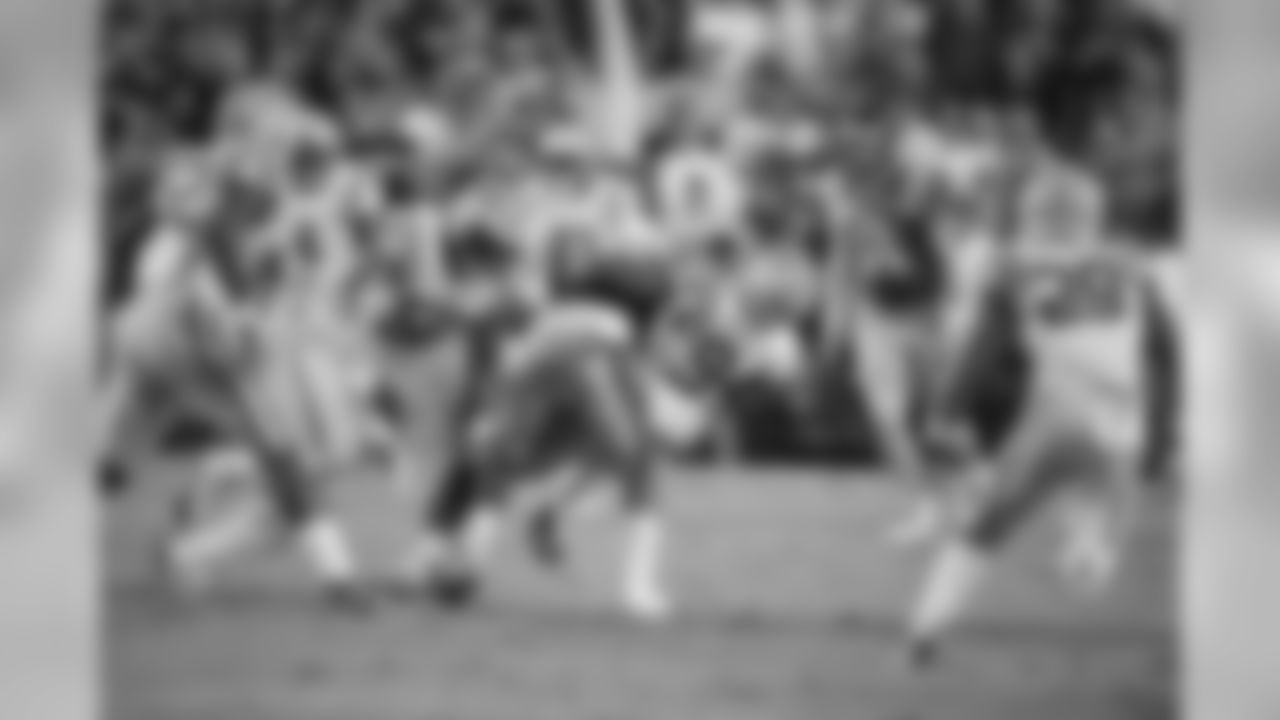
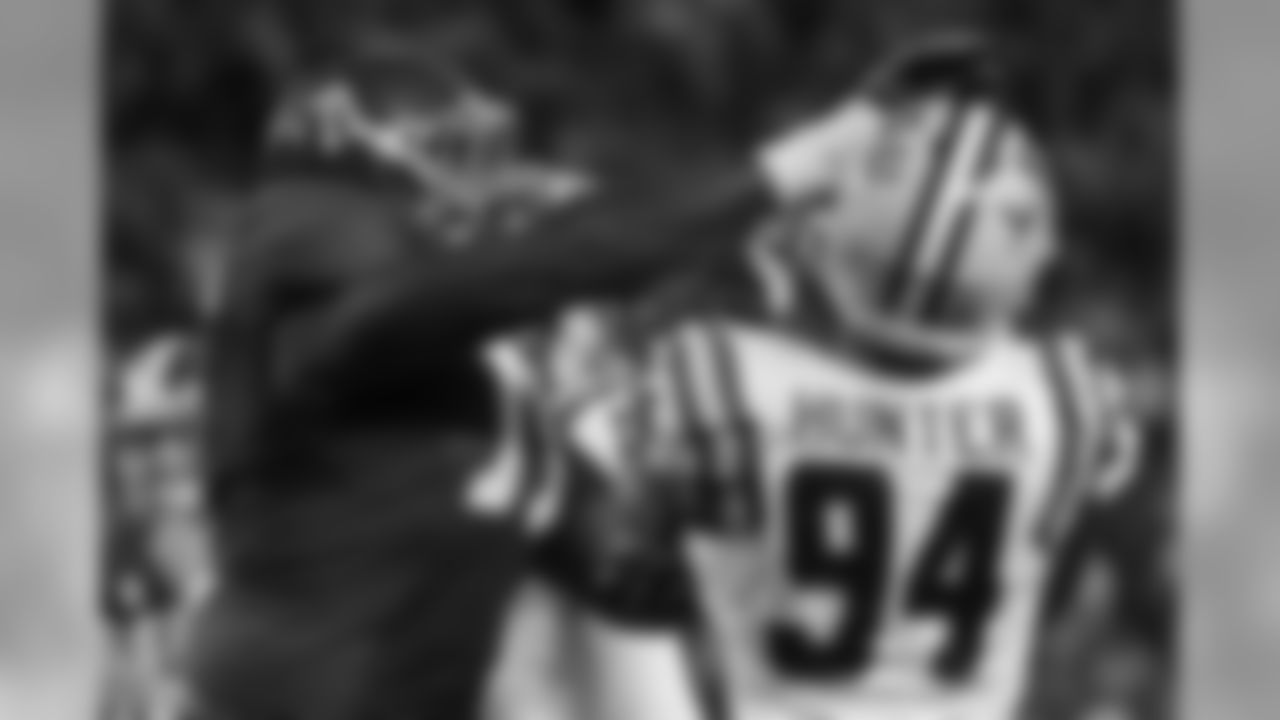

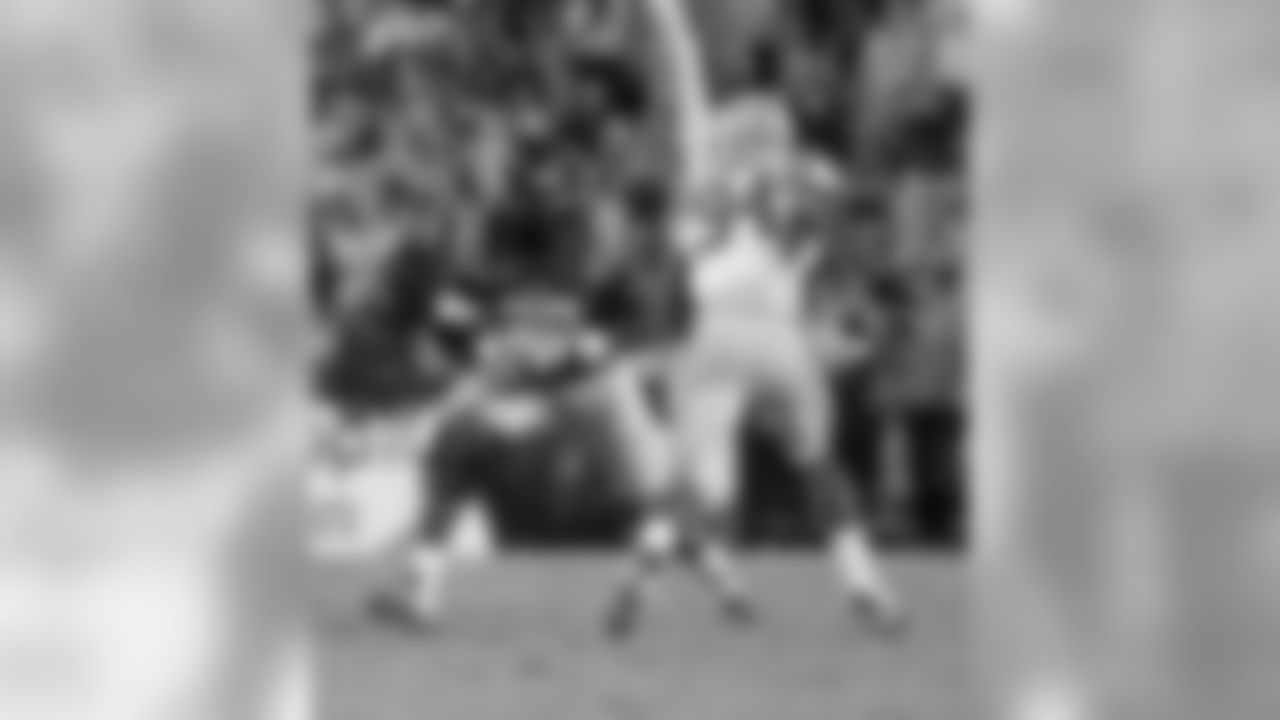
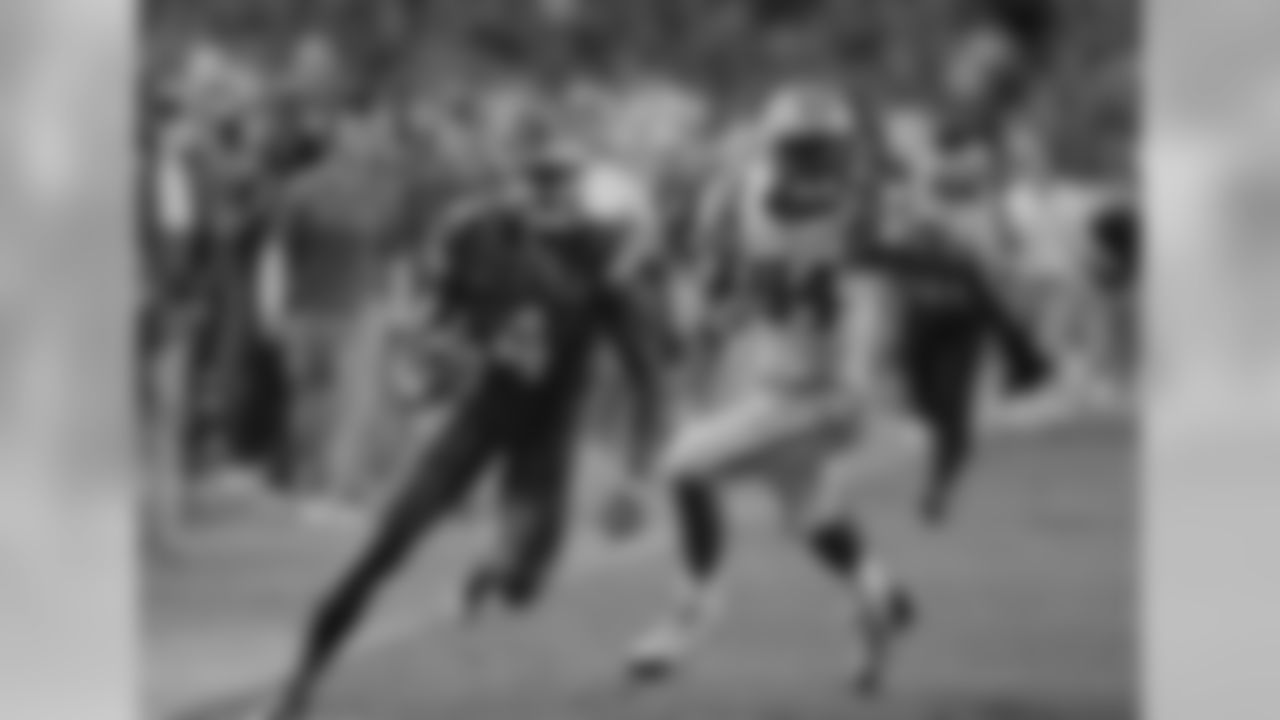
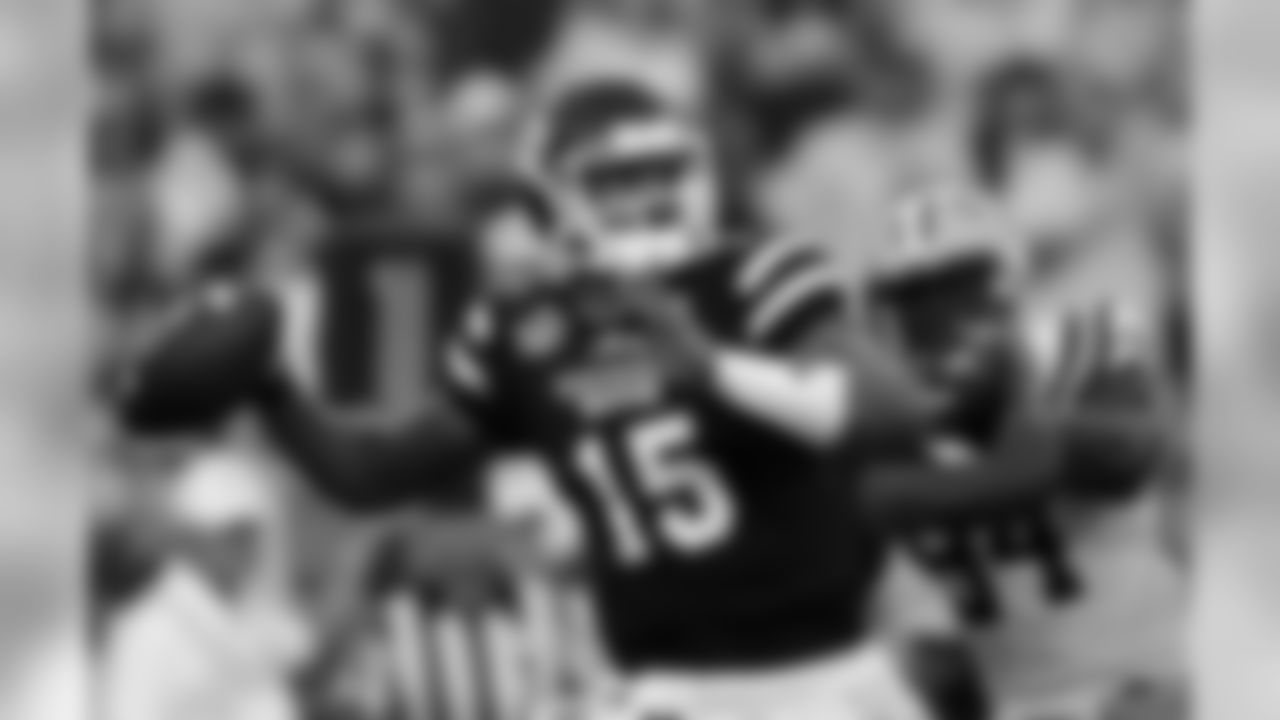
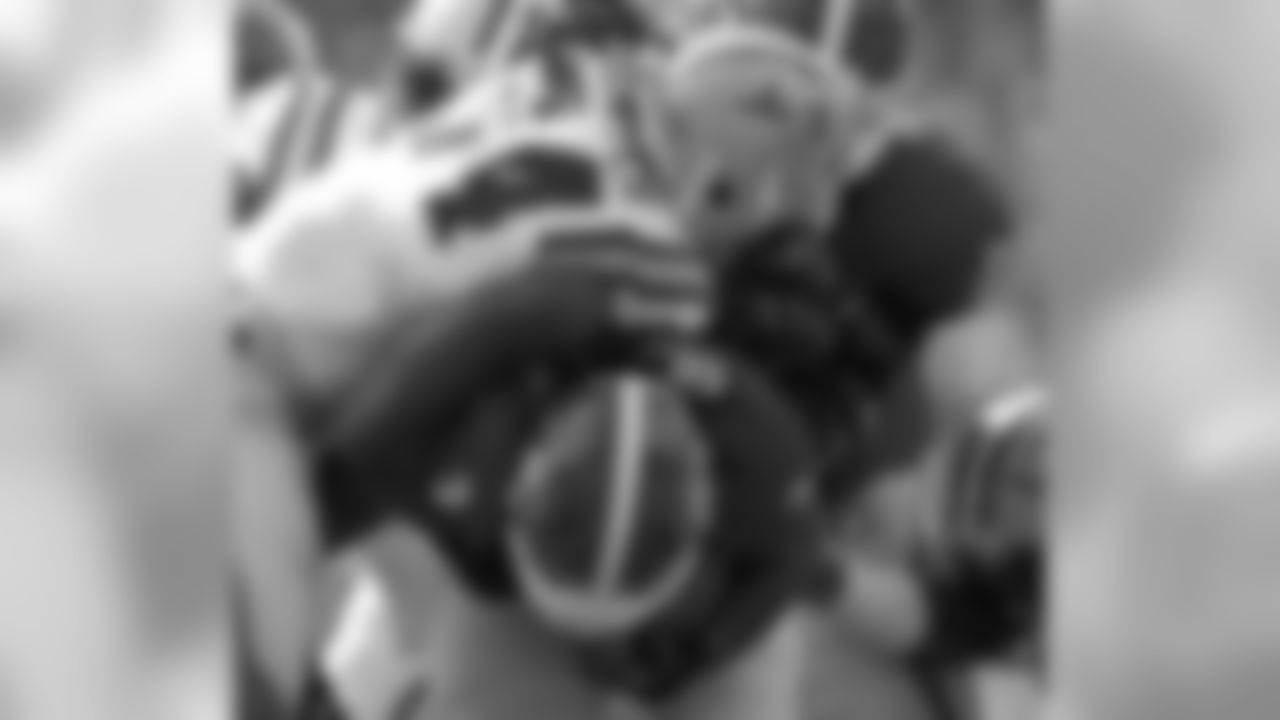
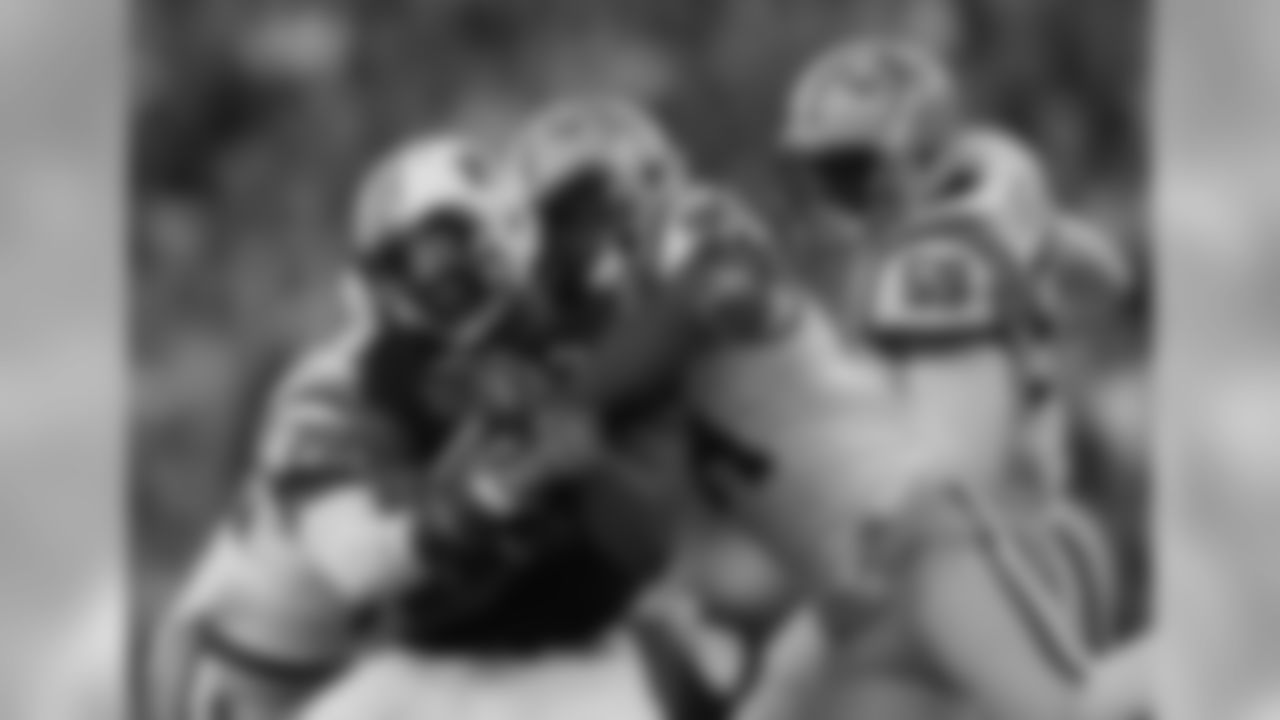
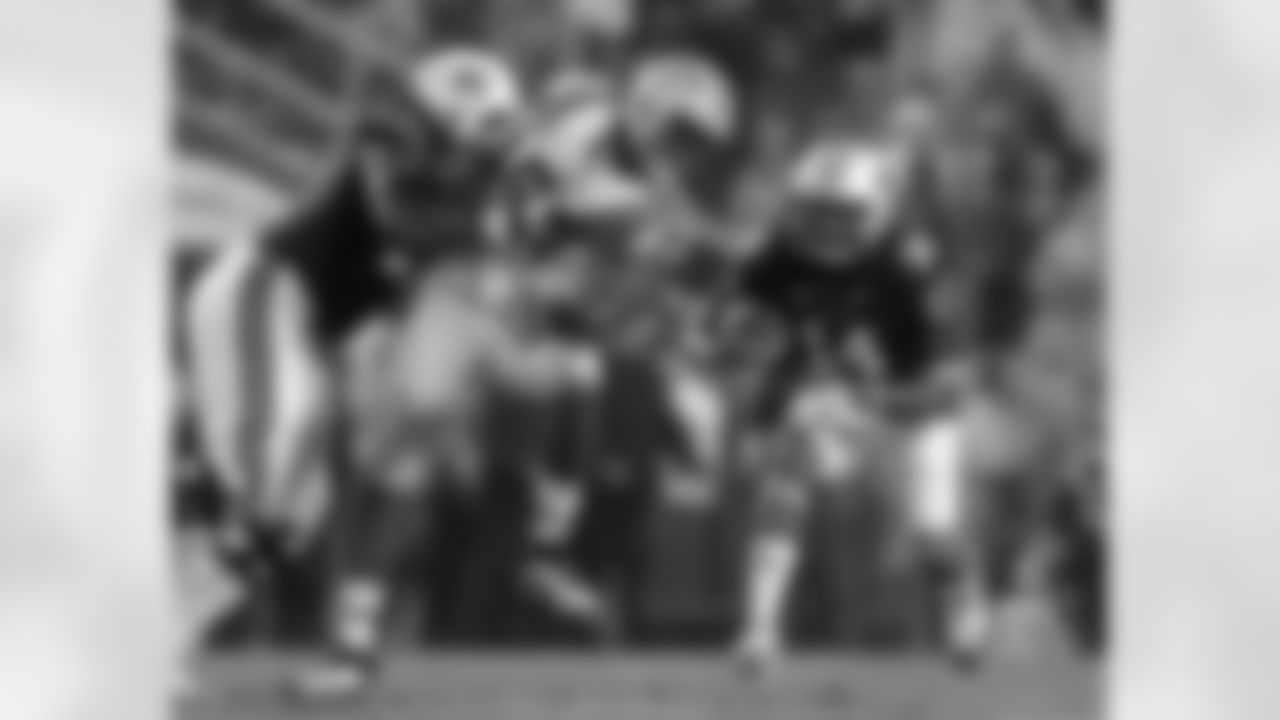
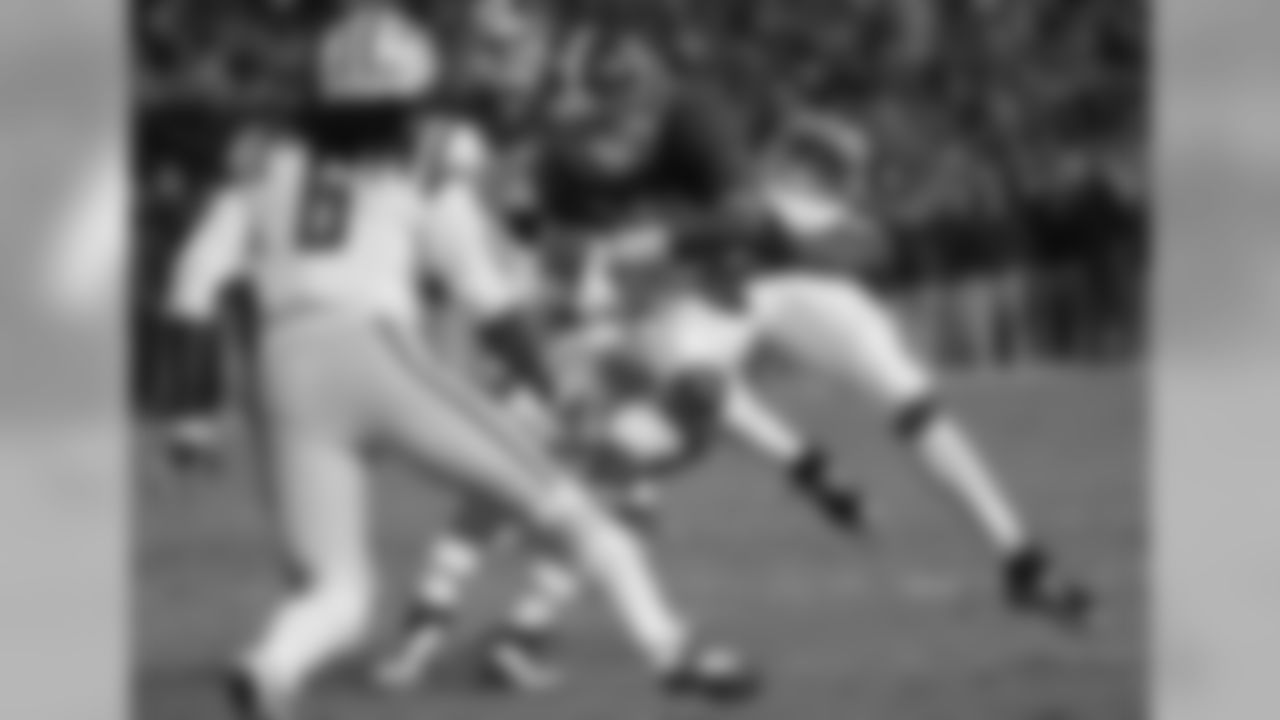


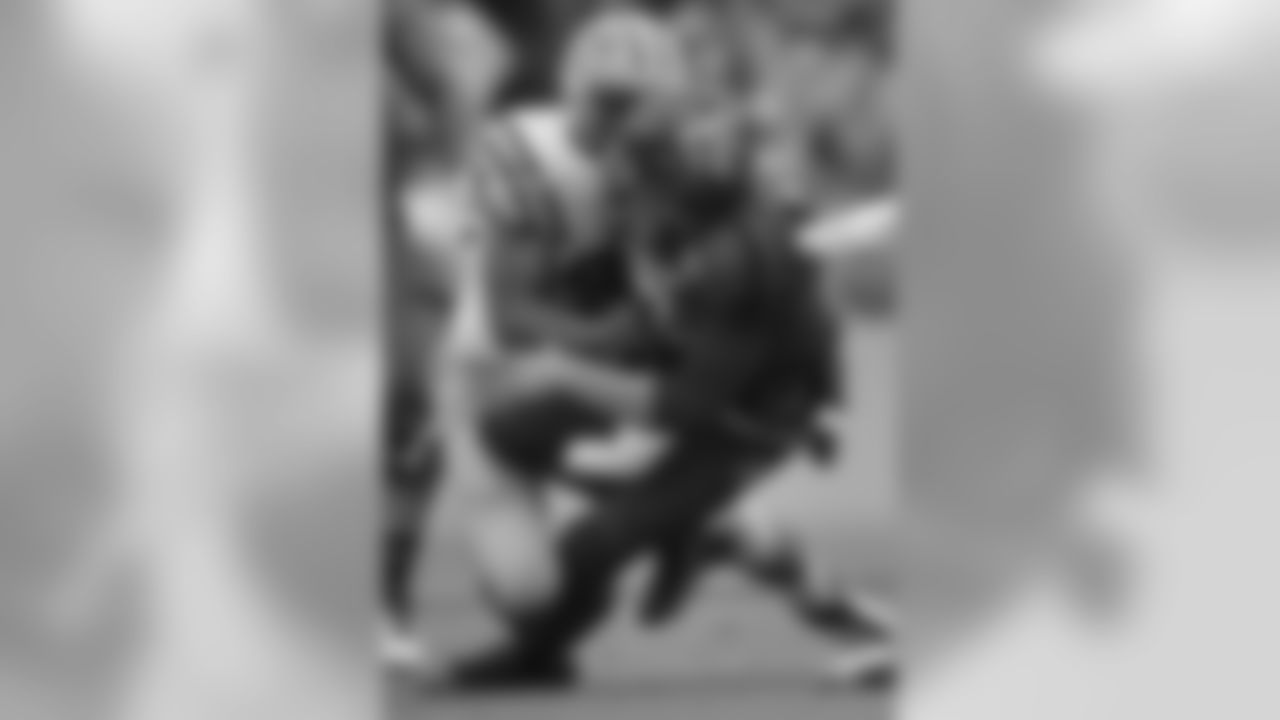
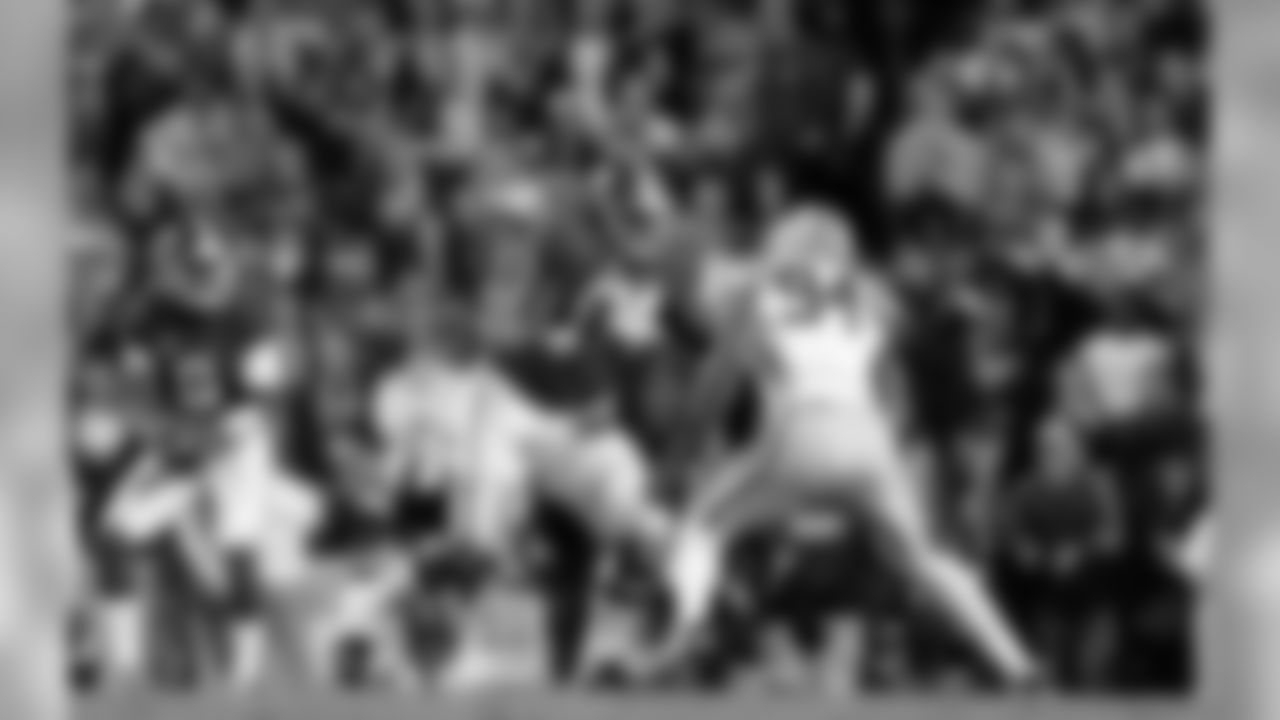
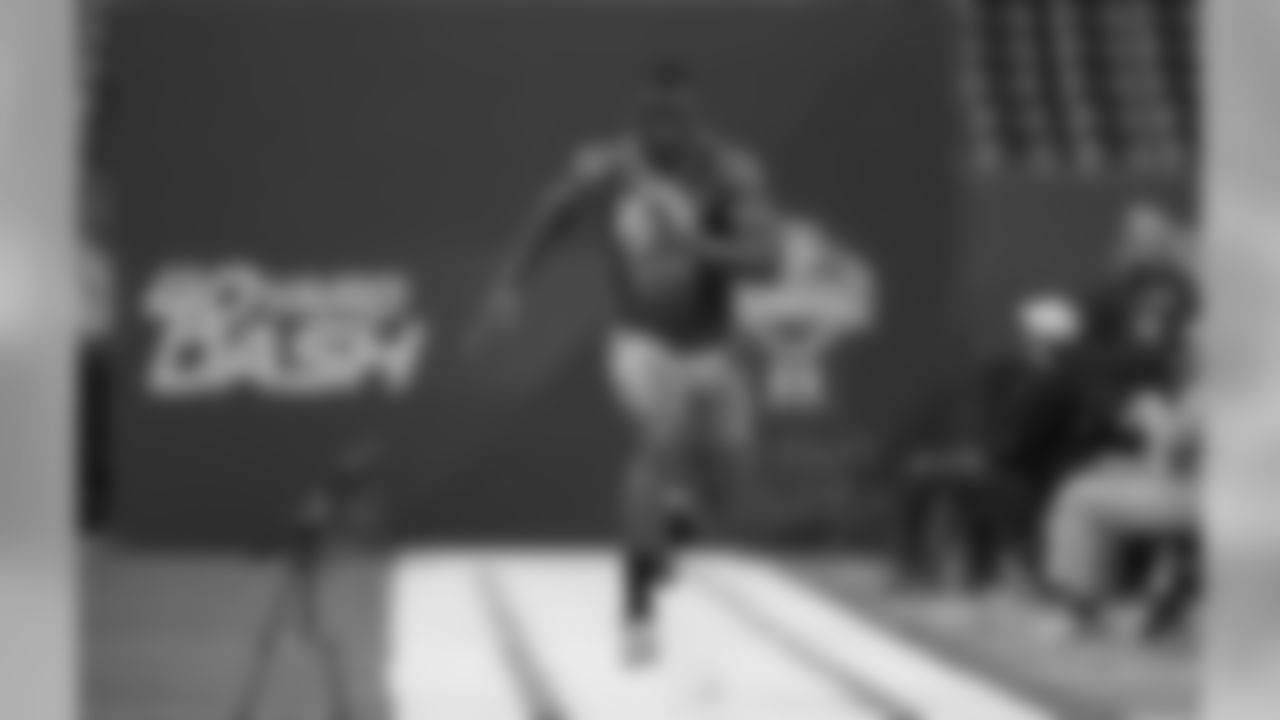

At the combine: what to look for
When Patterson attended last year's combine in Indianapolis, Hunter's performance confirmed a handful of things on the coach's radar.
"When you went to the combine and got to see him in person, you got to see that he was a tremendous athlete," Patterson said of Hunter. "The film said he was a good athlete; [the combine showed] he was a big-time athlete. Long, fast, great feet, great change in direction, explosive out of the hips – all of those things that you look for."
The combine also allows coaches and personnel a chance to meet with players one-on-one.
"I met with Danielle at the combine and asked him questions about [his coaching]," Patterson said. "I asked him, 'How did they teach you to do this,' so that I could get a feel for what he was trying to execute on tape.
"There's a big difference between how they ask you to play in college and how they ask you to play in the National Football League," Patterson added.
By asking Hunter how he was being coached and what his mindset was on certain plays, Patterson could watch the LSU game film a second time with more context.
After the combine: putting it all together
"When we came back from Indianapolis, I ended up watching every game Danielle played at LSU. I wanted to get to know him more," Patterson said. "What you're trying to find out is, 'Can he learn what we're going to ask him to do? Can he get it and be able to go out and execute it in order for him to have success at our level?' "
A big question for teams leading up to the draft is whether or not a player will transition well from the collegiate level to the pros.
Patterson explained to Hunter what the Vikings would ask of him defensively to see how well that translated for the lineman.
"You start to get a feel as you get closer and closer to the draft," Patterson said. "You know the person, you know the athlete. Now you have a better feel that he can come in here and actually learn what we want to do."
One part of the process Patterson appreciates is that the coaches' work is completely separate from that of the scouts. Patterson said that the intentional format allows for the most comprehensive and unbiased views on a player.
"[The scouts] don't want to cloud your view," Patterson said.
Knowing that a scout had an affinity for Hunter on the front end could have influenced Patterson's thinking or perspective when assessing Hunter himself.
"They want to get your opinion on how you feel about that player – even if the opinions are different," Patterson said. "Then when we go into draft meetings with Rick [Spielman], everybody is giving his opinion. I give my opinion, the scouts that have that player give their opinion and Rick and [Assistant General Manager George Paton] give their opinion."
Spielman fields the input from months of homework done on each prospect and ultimately is the voice of the team.
"Rick is the one with the final say – 'This is how the Minnesota Vikings see this player,' " Patterson said.
It's easy for fans to get hyped on certain players after watching them play in college, but Patterson said that it's all about fitting together all the pieces of a puzzle.
"A guy may play well on his college team, but his skill set might not match what we do offensively or defensively," Patterson said. "And another guy who may not have been as productive on his college team might have a skill set that matches more what we do. He might come here and have more success than he had in college."
On May 1, 2015, the Vikings identified Hunter as the best available fit for Minnesota's position needs, long-term outlook and defensive system.
Patterson saw the potential in Hunter, and it paid off for the Vikings in 2015. As the youngest player in the NFL last season, Hunter most often filled a rotational role but made several big plays throughout the year. Hunter recorded his first full sack against Jay Cutler (in Chicago on Nov. 1) and finished the season with 6.0 sacks, second on the team behind Everson Griffen. Hunter's breakout game came in Minnesota's second game against Chicago – the rookie recorded 1.5 sacks on the day and totaled six tackles (five solo).
Patterson's process with Hunter is just one example of the work put in leading up to the NFL Draft.
"A lot more goes into it than people think," Patterson said. "There's the big picture that I don't think people always see."







